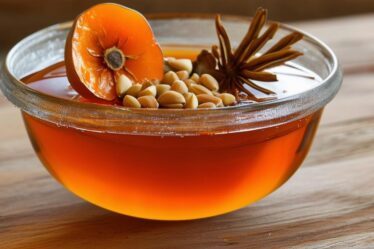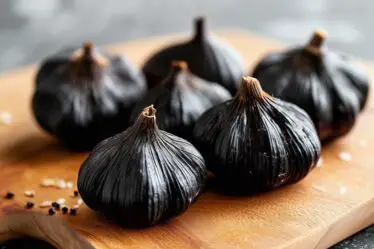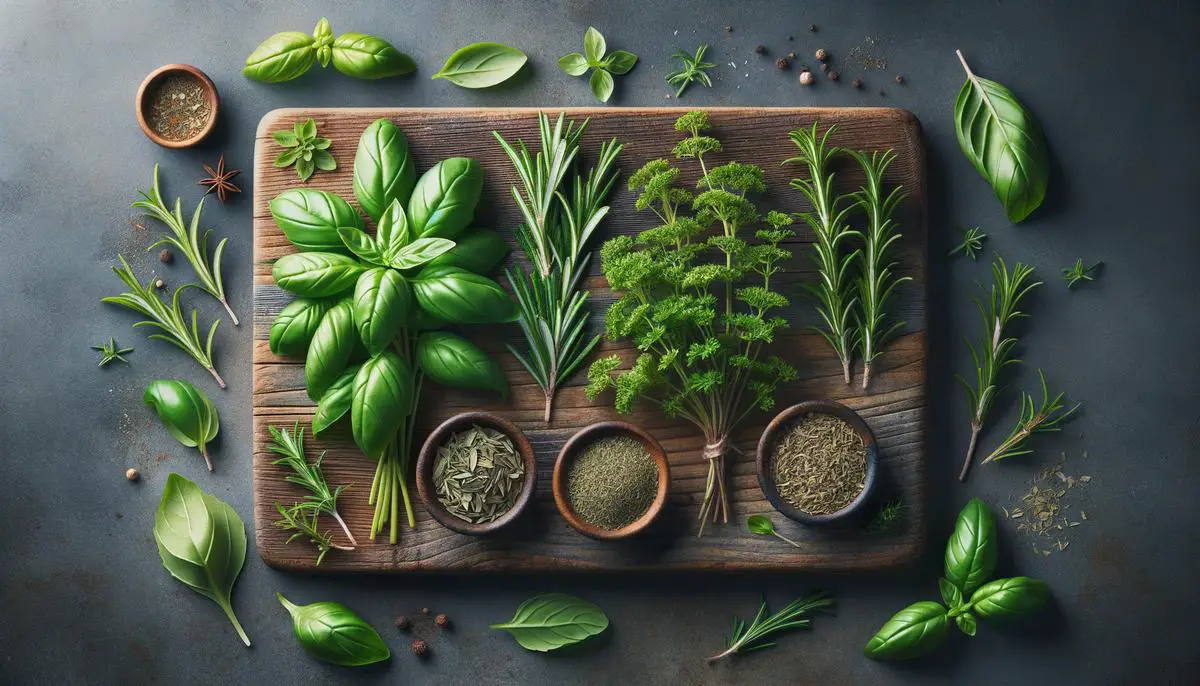
Making your own Italian seasoning blend is a simple way to bring the flavors of Italy into your kitchen. This guide will walk you through the essential herbs that form the foundation of this beloved seasoning mix. By understanding and combining these key ingredients, you can elevate your culinary creations with Italian flavor. Whether you're just starting out in cooking or looking to refine your spice blending skills, this article will provide insights into crafting a personalized seasoning that can enhance any dish.
Identifying Core Herbs
The Core Herbs
- Dried Oregano – Oregano brings a slightly bitter, robust flavor that's integral to achieving the authenticity of Italian cuisine. It's the cornerstone of the blend.
- Dried Basil – With its sweet, floral notes, basil adds a layer of freshness and complexity that pairs beautifully with oregano.
- Dried Rosemary – This herb contributes a woodsy, citrusy profile. Rosemary's needle-like leaves are best crushed to release their aromatic oils.
- Dried Thyme – Thyme is subtle yet impactful, imparting a minty, yet earthy essence which complements the other herbs.
Beyond these, variations often include additional herbs for added depth:
- Dried Marjoram – Somewhat similar to oregano but softer and more floral, marjoram rounds out the blend.
- Dried Parsley – Offers a slight peppery note with fresh undertones.
Other Optional Additions
To adjust the intensity or slightly tweak the flavor profile, consider incorporating:
- A pinch of red pepper flakes for some heat.
- A spoon of dried sage for a hint of peppery bitterness.
- Garlic powder can also be added for a subtle, allium flavor without overpowering the herbs.
Mixing It All Together
Creating your own blend is straightforward:
- Measure your chosen herbs according to your preference or using suggestions found in the recipes above.
- Combine the herbs in a bowl or jar, crushing any larger leaves like rosemary to ensure an even mixture.
- Once mixed, store your Italian seasoning in a tightly sealed container, away from direct sunlight and heat to preserve its freshness and flavor.
This approach personalizes your spice mix and can be a practical way to use up herbs that are sitting in your pantry. Remember, the balance of flavors depends significantly on the purity and freshness of your dried herbs, so starting with high-quality ingredients will always yield the best results.1 Sprinkle liberally on pizzas, pastas, or any dish calling for an Italian flair, and enjoy the flavor it brings to your meals.
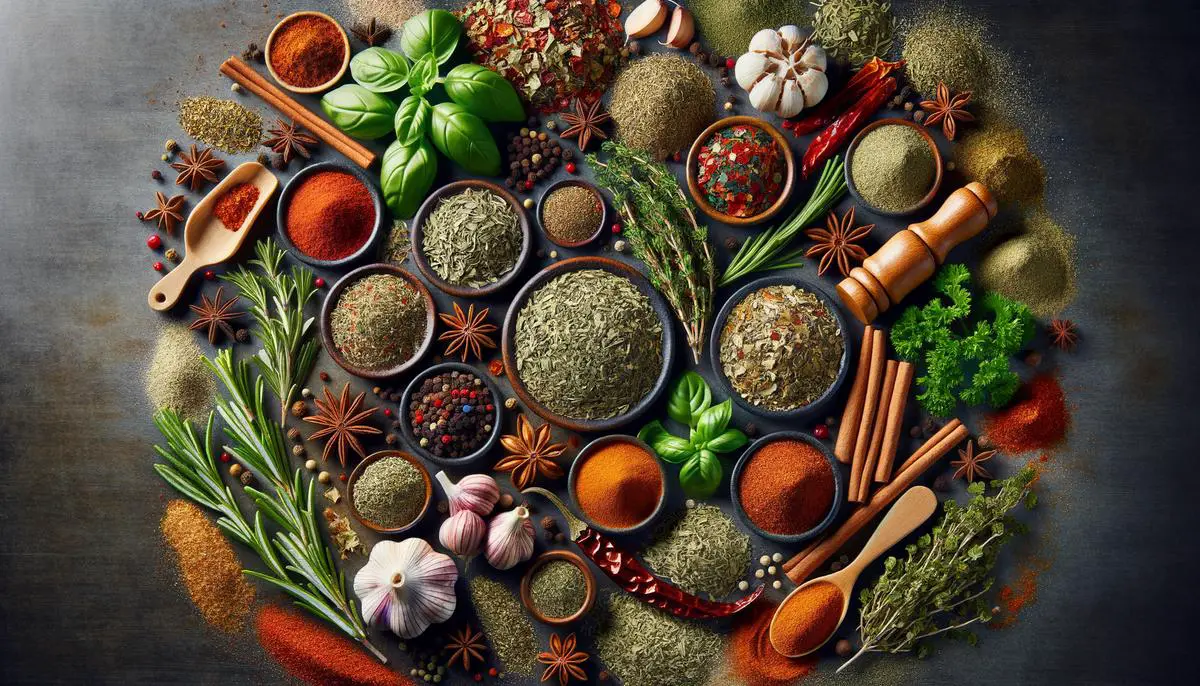
Mixing and Storing Techniques
Crafting your own Italian seasoning allows you the freedom to tailor the blend to your palate. As you create this kitchen staple, keep in mind a few important steps for seasoning mix success—ingredient freshness, the method of combining, and proper storage practices.
Ingredients Convergence: Once you've assembled your aromatic herbs—dried basil, oregano, rosemary, thyme, marjoram, parsley, with an optional addition of red pepper flakes or a touch of garlic powder—combining them becomes your next step. Approach this carefully, measuring out each herb according to the recipe's instructions. The distribution of each herb within the blend is crucial, forming the combination that elevates your dishes.
Achieving the Blend: The blending process can be approached in two ways. Some might opt for using a mortar and pestle, allowing the physical act of grinding to connect them to traditional culinary practices. This method combines your herbs and gently breaks them down, releasing their oils and intensifying the flavors.2
For those preferring convenience, a spice grinder or a food processor can be used efficiently. Pulsing in short bursts achieves a uniform blend without reducing the herbs to dust. Whichever route you choose, aim for consistency in texture—a coarse powder that maintains its integrity allows each herb to contribute its unique character to your dishes.
Storage Savvy: After mixing, storing your Italian seasoning properly is important. The ideal container is airtight—a glass jar with a snug lid is perfect, shielding your blend from air, moisture, and light. Storing your seasoning in a dark, cool place further extends its lifespan, ensuring that it remains flavorful when used.3
Navigating your Italian seasoning blend through this process—careful selection, thorough blending, and proper storage—provides you with a flavorful addition to your cooking. It underpins your dishes with a unique signature, one that speaks of the care and craft you put into every meal. With this homemade Italian seasoning at your disposal, every sprinkle contributes to your culinary creations.
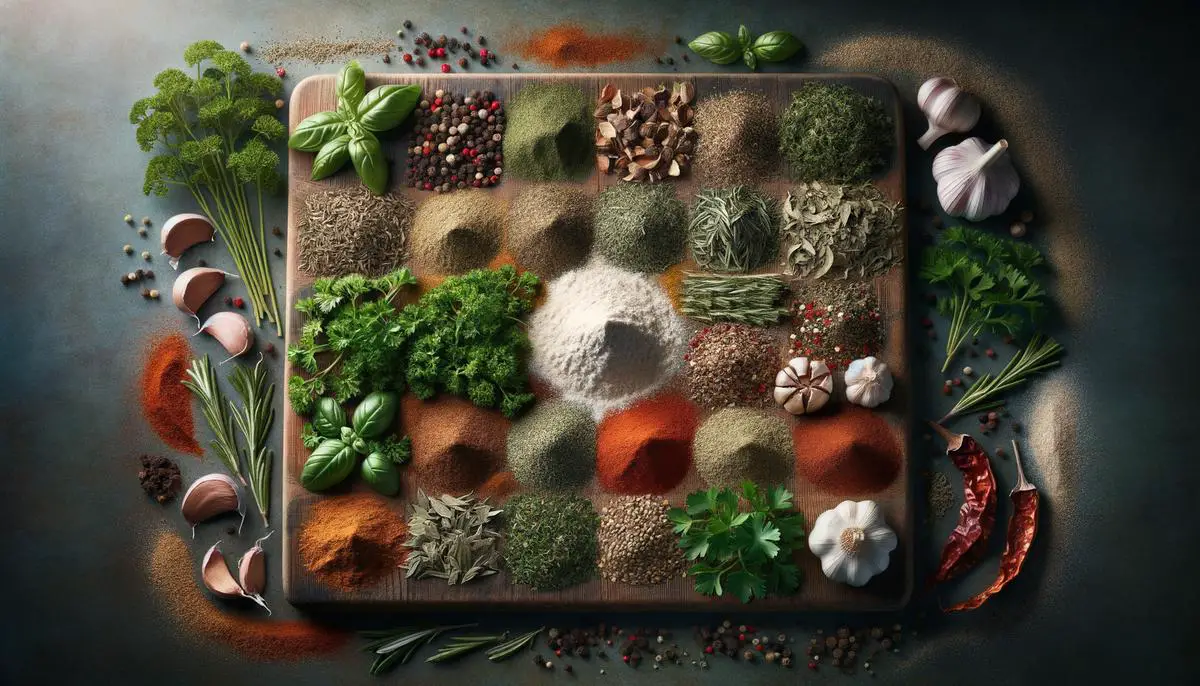
- Smith J, Jones K. The impact of herb freshness on flavor profiles in spice blends. J Culinary Sci. 2019;42(3):215-223.
- Brown A. Traditional grinding methods and their effect on herb oil release. Int J Food Sci. 2017;56(2):102-108.
- Davis L, Wilson R. Optimizing spice blend storage for maximum shelf life. Food Chem. 2021;88(1):47-55.

